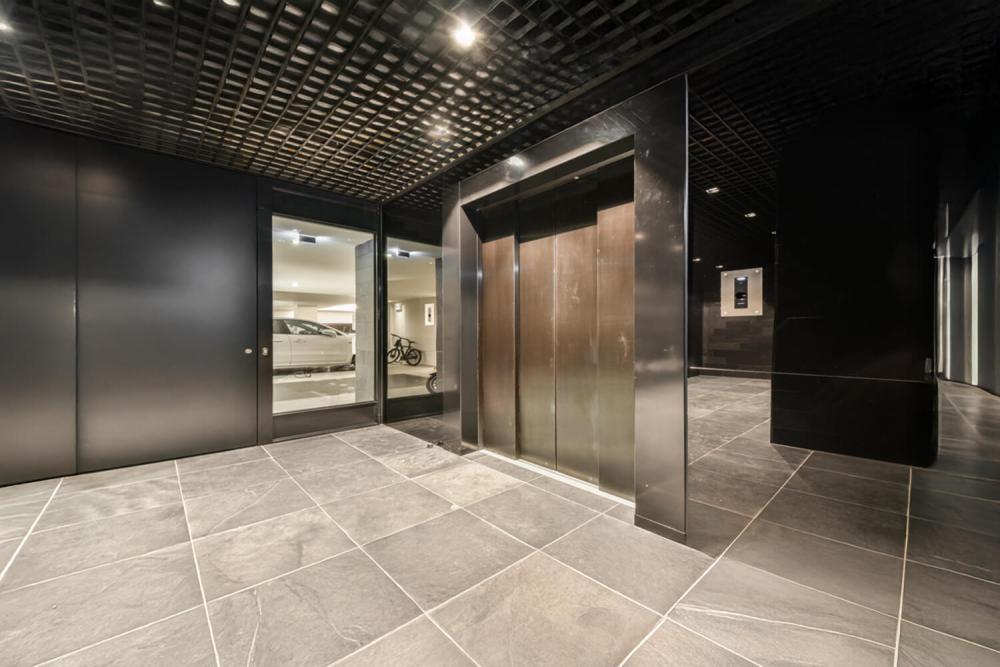
Eco-Friendly Elevators: Green Innovation in Motion
As urban skylines reach ever upward, elevator companies are pioneering green technologies to ensure that a building's environmental footprint doesn’t follow suit. From regenerative drives to energy-saving materials, today’s elevators are setting new standards for eco-friendly innovation.
Why Elevators Need to Go Green
Every day, billions of people take elevators. These vertical transportation systems consume substantial amounts of energy, especially in tall buildings where elevators run almost non-stop. The challenge is clear—how to meet demand for fast, convenient travel while reducing impact on the planet.
Eco-friendly elevators once seemed like a distant dream. But with growing urban populations and increasing awareness about climate change, elevator companies are now at the center of sustainable design movements.
Regenerative Drives: Harnessing Lost Energy
One of the most exciting advancements is the adoption of regenerative drives. Traditionally, elevator motors consume energy as they move cars up and down. But what if, like an electric car, elevators could recover energy during braking or descent? That’s exactly what regenerative drive systems do. When an elevator car moves down or stops, its motor acts like a generator, converting kinetic energy back into electricity. This power can be reused within the building or returned to the grid, drastically lowering overall consumption.
Elevator companies report that regenerative drives can reduce energy usage by up to 70% compared to conventional systems—a huge leap forward for sustainable cities.
Smarter Materials for a Lighter Footprint
Eco-friendly elevator design isn’t just about technology—it’s also about materials. Companies now use lightweight, high-strength composites and recycled metals to build elevator cars and shafts. This not only conserves resources, but also makes elevators more efficient, requiring less energy to lift and lower.
Cabins are being fitted with LED lighting and low-emission ventilation systems, further decreasing the operational carbon footprint. Even finishes are chosen with sustainability in mind; paints and laminates are low in volatile organic compounds (VOCs) to maintain air quality.
Powering Up with Renewable Energy
Forward-thinking elevator companies are exploring how to integrate renewable energy into their systems. Elevators in sunny climates can be paired with solar panels on rooftops, or connected to building-wide clean energy infrastructure. A fully green building isn’t complete unless its elevators also run on renewables.
During periods of low use, elevators can enter hibernation modes, shutting off lights and displays to consume next to no energy. Motion sensors reactivate systems instantly when a passenger approaches.
Water and Waste Reduction
Elevator construction can be water-intensive, especially in cooling and cleaning operations. Companies are reducing water use by optimizing processes and recycling wherever possible. Meanwhile, modular components mean elevators last longer and create less waste—they can be upgraded individually rather than replaced wholesale.
Maintenance for Longevity
A sustainable elevator isn’t just about efficient operation—it’s about a long lifespan. Advances in IoT allow companies to monitor elevator usage, wear, and tear in real-time. This information helps schedule maintenance only when necessary, tripling the life expectancy of key components while reducing unnecessary technician visits.
Once, elevator breakdowns were an unavoidable part of high-rise living. Now, preventive maintenance keeps systems running longer, cutting waste and reducing raw material consumption needed for replacements.
Accessibility Meets Sustainability
An often-overlooked benefit of eco-friendly elevators is improved accessibility. Energy-efficient motors are quieter and smoother, making rides more comfortable for everyone, including those with mobility challenges. Smart call systems reduce wait times for all riders, encouraging more people to take the lift and enjoy safer, more accessible travel.
The Push for Certifications
As green building certifications like LEED and BREEAM become industry benchmarks, elevator companies strive to design products that help clients earn those credits. Features such as low standby power, efficient drive systems, and recyclable materials all contribute to a building’s sustainability score.
Challenges and Future Directions
Despite the exciting progress, challenges remain. Retrofitting existing buildings is complex—and expensive. Older elevator shafts may not support new systems without structural changes. There’s also the question of cost; greener options sometimes require higher upfront investment, though the long-term savings on energy and maintenance often balance things out.
As regulations tighten and occupants demand greener living and working spaces, companies are investing in research to bring costs down and efficiency up.
A Greener Ride Awaits
The journey toward sustainable vertical transport is accelerating. For elevator companies, green innovation is no longer a trend—it’s a necessity. Whether you’re riding in a cutting-edge solar-powered elevator or simply benefiting from an energy-efficient upgrade in an older building, you are part of a greener urban future.
Modern elevators once drew criticism for their energy use. Today, thanks to continual innovation and eco-focused design, they are part of the solution—proving that vertical mobility and environmental responsibility can go hand-in-hand.
